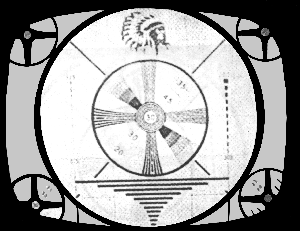
This is a testAt the tone the time will be too late.Established in 1963 by the US Federal Communications Commission, the EBS was designed to transmit messages on all broadcast stations (AM, FM and TV), giving the President a way to address the American people in the event of a national emergency. State and local agencies were also allowed to transmit emergency information via the EBS. The EBS was retired in January 1998 and replaced with the new state-of-the-art Emergency Alert System (EAS). This new system provides access to broadcast stations, cable systems and participating satellite programmers for the transmission of emergency messages (and less obtrusive weekly tests). The EAS uses digital codes developed by the National Weather Service (NWS). NWS offices can originate coded messages that are area specific and will only activate EAS decoders and send emergency warnings to people in the affected geographic area. Even if you aren't plugged in, the EAS provides the option to permit new specially equipped consumer products--TVs, radios, pagers, etc.--to "turn themselves on" to receive and deliver the emergency message. This reemergence of a centralized network strategy challenges the popular myth that the Internet is an anarchic, uncontrollable realm. In the EAS one sees contradictory impulses in the US government in competition with each other. The difficulty of "reaching" all citizens with government messages was augmented by the Internet which US government funding helped to develop. Now, recognizing that software developers will not follow in lock-step with the desires of any particular government authority, instant access to the public must be achieved by altering electronics hardware.
Domestic security chief Tom Ridge said Tuesday (March 12, 2002)
the nation is at a ``significant'' level of danger - the third step in
a five-stage system of terror alerts that replaces the vague warnings
issued for the last six months.
|